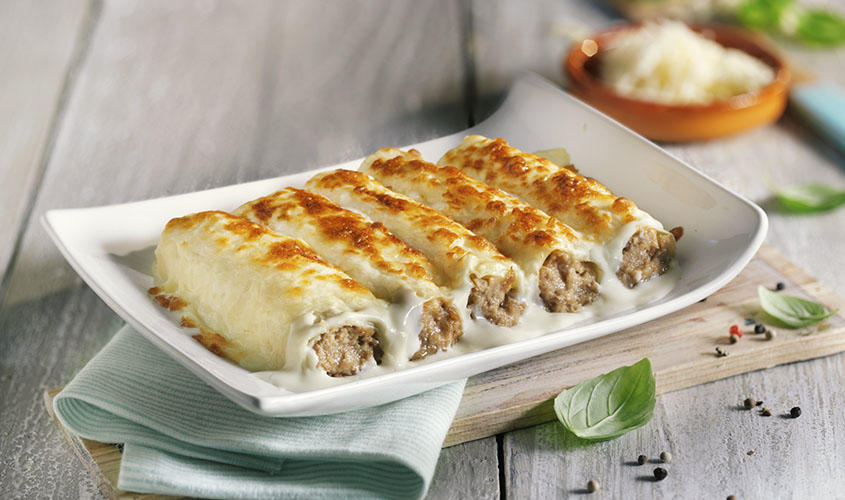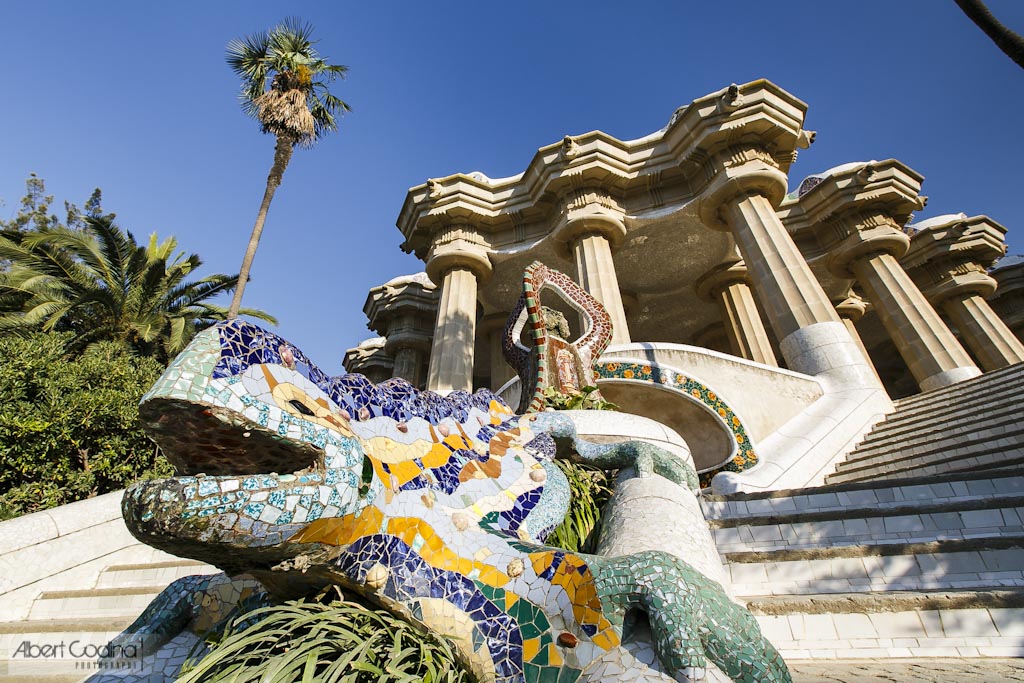Barcelona is a dream vacation spot due to its countless, intriguing attractions! The Montserrat Monastery near Barcelona has been a place of great religious significance for generations. What began as a Roman temple to worship Venus transformed into a monastery in 880 A.D. by hermit monks. It has been said that unbelievable miracles occurred here in the 12th century that caused tremendous growth in the monastery. Today, this attraction is still a destination of pilgrimages and also serves as a place for people to visit and learn about the history of this area. Discover what this attraction has to offer and make plans to see it today!
Getting to the Montserrat Monastery from Barcelona
The Montserrat Monastery is perched atop a towering mountain, overlooking breathtaking views of Spain. If you’re traveling to this attraction from Barcelona and wondering how to get there, you can catch a train from the Barcelona-Plaça Espanya Station that leaves every hour and will carry you up the steep, dizzying incline to this majestic destination above. The Montserrat Monastery hours are 10:00 a.m. to 5:45 p.m. and is open all week long. Tickets can be purchased through the Montserrat Monastery website.
History and Art of the Montserrat Monastery
Over one thousand years of preserved artwork and historical artifacts are kept here in this beautiful establishment. These pieces total to almost 1,300 items; the oldest of these collections can be traced all the way back to 13th century BC Egypt. In addition to numerous icons and liturgical objects from all places and time periods, the Museum of the Montserrat is home to countless paintings created by some of the most talented artists in the world, including Picasso and Salvador Dali. One of the most beloved pieces here, however, is the statue of the Black Madonna at Montserrat Monastery; visitors and locals alike flock to see this beautiful representation the patron saint of Catalonia.
Things to Do at the Montserrat Monastery
In addition to touring the many art displays and history exhibits, the Montserrat Monastery offers many other activities as well. An interactive audiovisual room is available to help visitors learn more about the three pillars that support this institution: the mountain, the sanctuary, and the monastery. For further education, you can also take a Montserrat Monastery map and an audio guide to lead you on a tour of the Holy Cave, the Basilica, and the Degatolls’ Path.
Hiking near the Montserrat Monastery
This area also includes the Montserrat Nature Park, a gorgeous portion of the great outdoors that contains numerous trails for walking and hiking. Go on a stroll along the Hermitage Trail, where individuals traversed for years and years to reach a place of peace for quiet meditation and contemplation. You can also climb to the top of the Montserrat Peak for jaw-dropping, panoramic views of the surrounding scenery, or take a one-day course on rock climbing to learn a new, exciting skill! Experienced hikers love the challenge that the Cavall Bernat presents; this long, slender rock needle protruding from the face of the mountain is a climb meant only for expert outdoorsmen!
Come Stay with Us at bizFlats Vacation Rentals!
Complete your fantastic getaway to Barcelona by treating yourself to a stay in the finest accommodations! bizFlats provides luxurious vacation rentals, each equipped with amazing amenities, throughout the most stunning areas of the city. Check our availability and book your stay today to start planning a trip to remember!
Photo by Андрей Шевченко / Thinkstock



